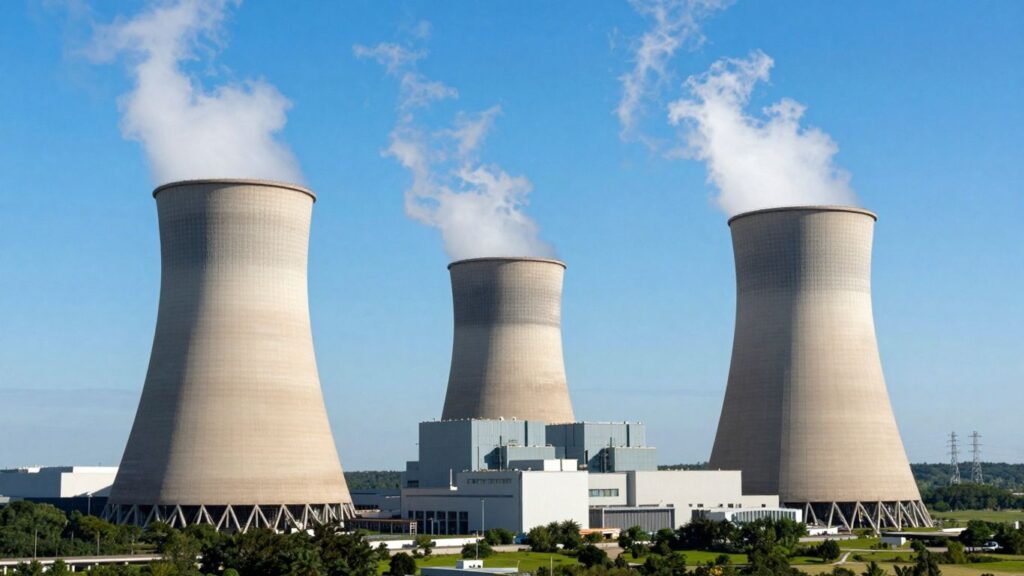Southeast Asian nations are planning a significant expansion of nuclear power, projecting an investment of $208 billion by 2050 to develop 25 gigawatts of capacity. The strategy heavily favors Small Modular Reactors (SMRs) as a cleaner, faster alternative to traditional energy sources, despite their higher initial costs.
Key Takeaways
- Southeast Asia aims to build 25 GW of nuclear capacity by 2050, requiring an estimated $208 billion investment.
- Small Modular Reactors (SMRs) are the preferred technology due to faster deployment and fewer regulatory hurdles compared to large-scale plants.
- Vietnam is expected to lead the charge, with other countries like Malaysia, the Philippines, Thailand, Indonesia, and Singapore also exploring SMR adoption.
- Challenges include limited regional experience, potential political opposition, cost overruns, and ensuring long-term fuel security.
The Shift Towards Nuclear Power
Currently, Southeast Asia has no operational nuclear power plants and relies predominantly on coal and natural gas for its baseload energy needs. However, a growing interest in cleaner energy solutions and the pursuit of more secure energy supplies are driving the region towards nuclear power. According to a report by Wood Mackenzie, nuclear energy offers a compelling proposition for governments, providing emissions-free power that can be integrated without extensive grid upgrades.
SMRs: A Viable, Though Costly, Alternative
Small Modular Reactors are being favored over conventional large reactors due to their potential for quicker deployment and reduced regulatory complexities. While SMRs are projected to have higher generation costs, estimated at $220 per megawatt-hour by 2050 compared to $101 per megawatt-hour for traditional reactors, their speed of implementation is a significant advantage. Permitting and construction for large nuclear plants can take five to fifteen years each, whereas SMRs could potentially move from approval to operation in just two to three years with supportive policies.
Regional Nuclear Development Plans
Vietnam is poised to lead this nuclear expansion, with plans to install up to 14 GW of capacity by 2050, viewing nuclear power as a competitive alternative to its planned liquefied natural gas projects. Other nations are also actively exploring nuclear options:
- Malaysia: Aims to deploy 1.2 GW of SMRs by 2035.
- Philippines: Targets 2.4 GW of SMR capacity by 2050, though only half of this is expected to materialize.
- Thailand: Considers reintroducing nuclear power with 600 megawatts by 2037, expanding to 3 GW by 2050.
- Indonesia: Its electricity plan includes two 250-megawatt SMRs.
- Singapore: May add 0.8 GW by 2050 to reduce its reliance on imported fuels.
Challenges and Opportunities
Despite the potential benefits, the region’s limited operational experience with nuclear power presents significant risks, including political opposition, potential cost overruns, and ensuring long-term uranium fuel security. Nevertheless, SMRs could open new avenues in the corporate power purchase agreement market, offering dependable, low-carbon baseload power. This could be particularly beneficial for large corporate buyers seeking reliable alternatives to fossil fuels. The success of this ambitious nuclear agenda will hinge on developing robust regulatory frameworks and securing experienced international partnerships.
Sources
- Southeast Asia bets on small modular reactors in $208B nuclear plan, Latest news from Azerbaijan.
- $208B Investment in Small Modular Reactors, Down To Earth.












